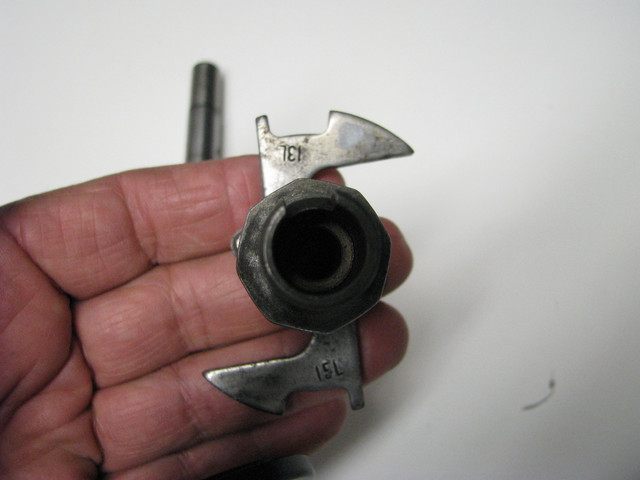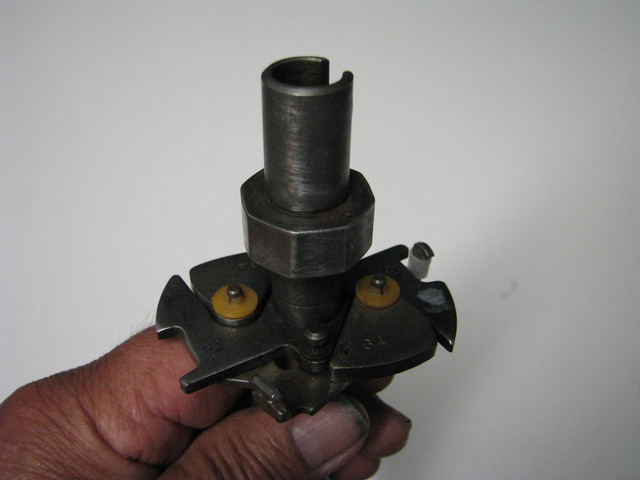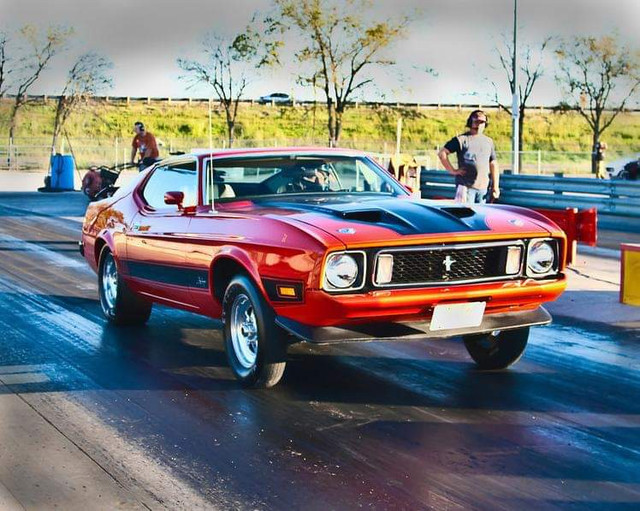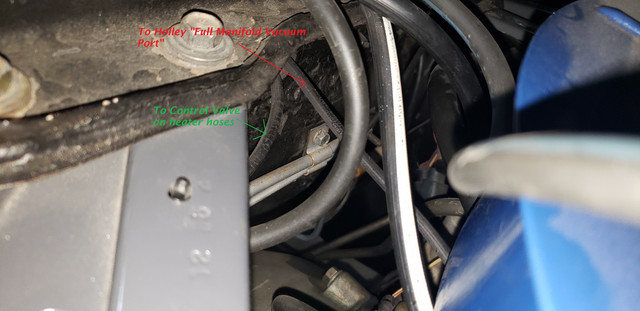These are just my thoughts that may or may not be the case or relevant.
I have no real knowledge on cams. I did try to find the specs for the comp cams 270 with 519 lift, but could not find that info. Summit Racing do not list that spec for a 351C, but I think there was a 550 lift. From what was described, the PO was a drag racer (or thought he was) so who knows what he thought was going to get him down the strip quicker. I would think that cam is quite aggressive and that alone would cause lower vacuum, but I would think it should still be around 15"Hg. at a guess.
So, if it were me, I think I'd start at the beginning as it's a 'new to me' engine.
1) pull the spark plugs and do a static compression test and see if all 8 are within 10% of each other.
2) check the plugs for color, are they all the same light to mid brown color? If one or more are black, note the cylinder(s).
3)If all is good there, check all the vacuum connections and hoses and intake manifold for a massive leak. Pull the carb and reinstall it with new base gaskets or at least spray some starter fluid around the base when it's running. No increase in rpm, no leak.
4)next go to the distributor. I don't think it was mentioned if it is a factory Mastercraft/Autolite. Does it have points or electronic module? If electronic, what brand and type. If it is anything else other than a factory type or DuraSpark, I'd be ditching it especially if it's an HEI type Chevy thing.
5) The Carb. So it's a Holley Street Avenger 770. I have a 670 on mine which is probably enough carb for my stockish engine. IF I were to replace my carb, my choice would be the Quick Fuel HR 735 VS and that's more than big enough for a 351C. I'll go into your question that jpazz reffered to later.
6)Timing light. A light with adjustable digital read-out would be best choice. That way, you can see exactly what degrees of advance there are.
I know you're a mechanic, so you know that basic stuff, not trying to belittle you in any way.
This is what I did with my engine when I was having similar issues. To recap, it's a 71 351C M code 4V with a new Holley 670 S/A electronic choke, vacuum secondaries.
The vacuum reading was around 18 "Hg with the stock 6.5 power valve and stock jets, 65 & 67 if I remember.
When the engine was first rebuilt, it had Kieth Black flat top pistons at zero deck. Heads are 63cc CC with stock rockers. Melling MTF 2 cam (Hydraulic flat tappet) Int 204 exh 214 duration with gross lift of 510 exh. Long story, but the motor had to be re-rebuilt under warranty so I dropped the compression ratio from 11:1 to 10:1 by using KB 13cc dished pistons, still zero deck.
I was having two main issues, one was timing and the other too much fuel at idle.
The fuel issue was soon solved by a local specialist. He drilled a 3/32" hole in each primary throttle plate and set the primary and secondary's correctly. He told me this is done to many of the stock car race engine he does. I did have the ability to use a fuel/air ratio meter as there was oxygen sensor plugs already installed in the exhaust pipes.
The timing proved to be quite the challenge along with a steep learning curve. Fortunately, I had the ability to to rework and re-curve the factory Autolite dist.
As you know, these engines seem to like about 14-16 degrees of initial advance with a max all in of 34 -36 deg., vac lines plugged. Mine seems to like 14 and 34 best at 3000 rpm.
The factory setting for the 71 distributor has an initial of 6 deg., but with 30 degs. on the crank shaft = 36 total. To get the higher initial, the crank shaft degrees must be dropped to no more than 20. This is done by either welding up the slot and re-cutting to .410" or what is known as a 10L slot. Typically, the factory slot plates I have seen are all 15L = 30 deg. or 13L =26 deg. If you have a slot plate with a 13L, you can cut this down by using a piece of 3/16"nylon tube over the post. Then it's picking the appropriate springs. My choice was to use the factory heavy spring and a Mr.Gasket 925 D light spring. The heavy one is set with just slight free-play.
The trouble I was having was too much spark rattle on heavy acceleration with 14 -16 initial and the 11:1 compression ratio. Dropping to 10:1 and reworking the slot plate cured the issues. Oh, I forgot to mention I installed a Pertronix Ignitor II electronic module and matching Flamethrower coil. Do NOT use the Pertronix Ignitor III, it's a piece of crap imo.
Here's a couple of pics that may explain the distributor rework.


A piece of 3/16" Nylon tube over post to limit advance.

Hope this helps,


















































